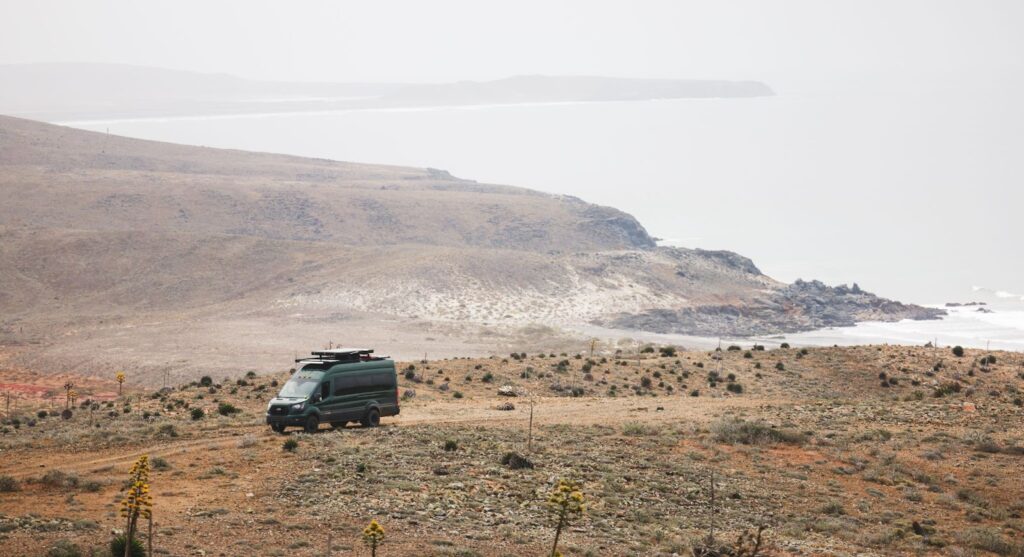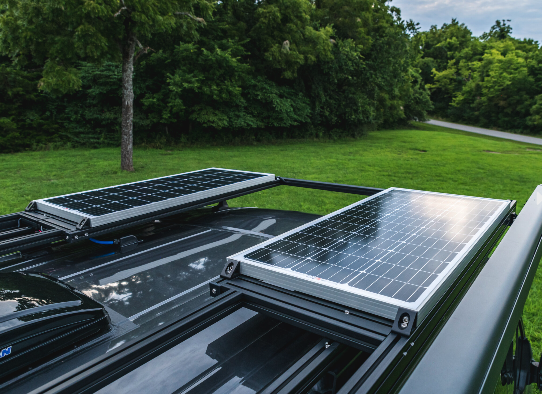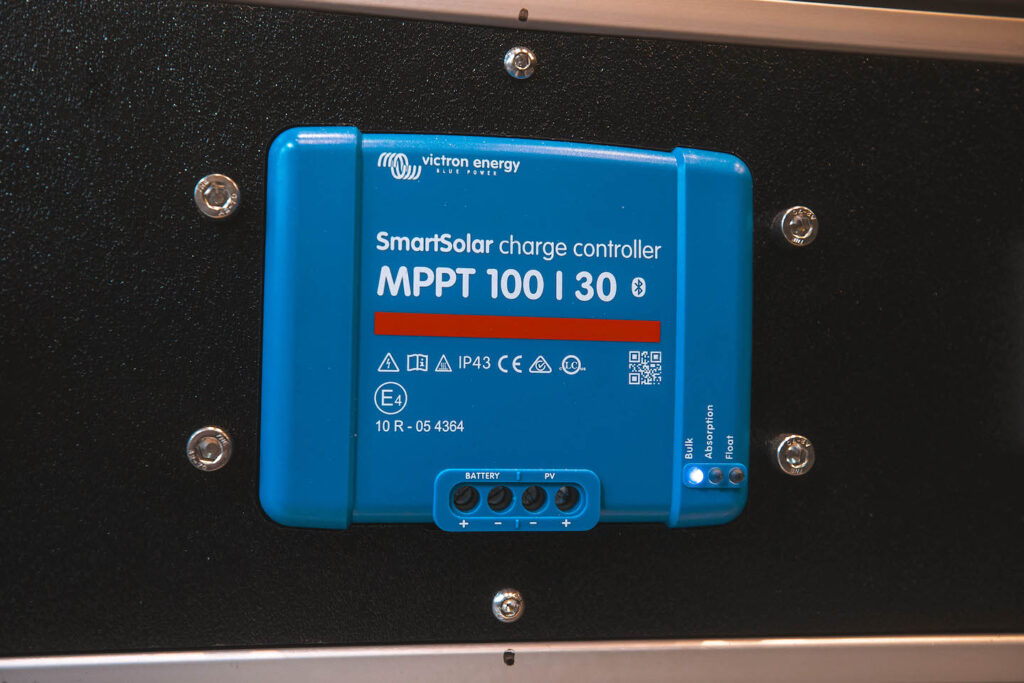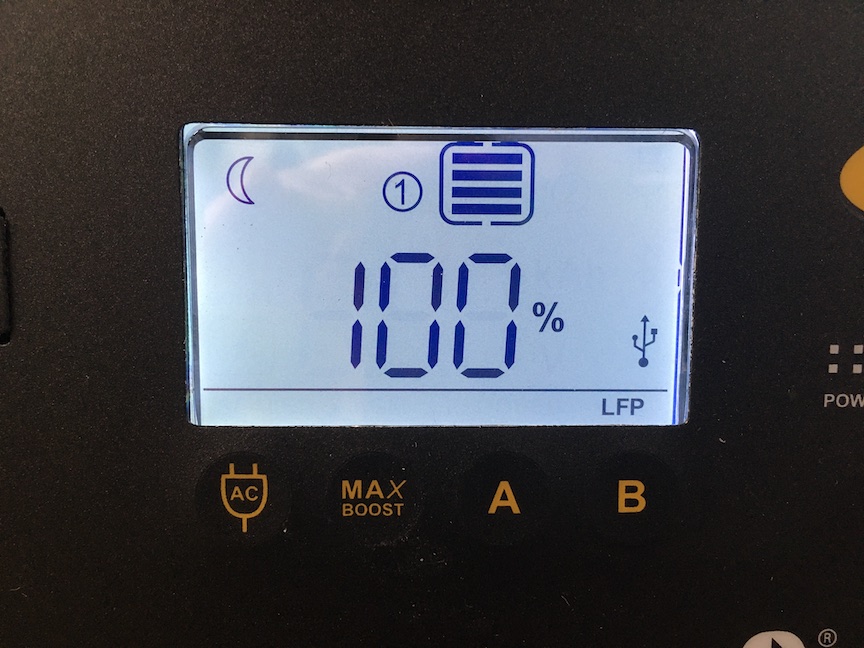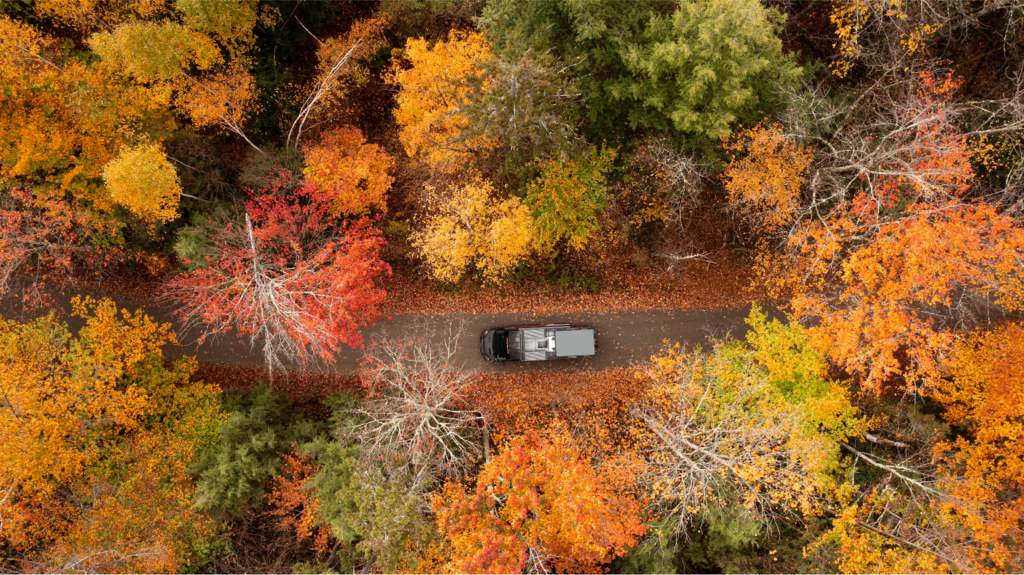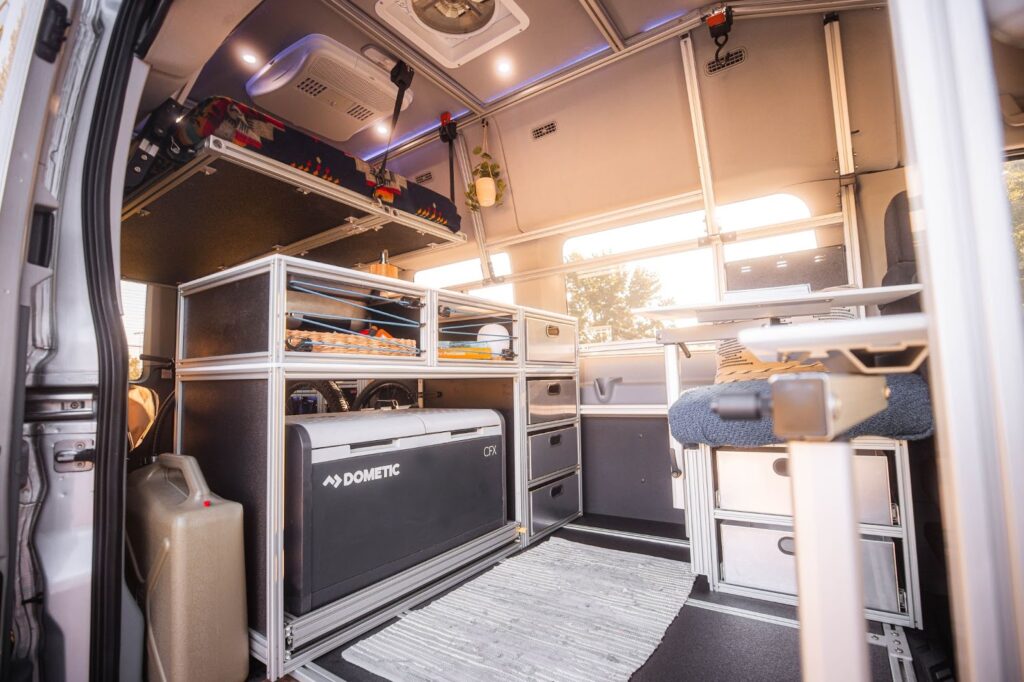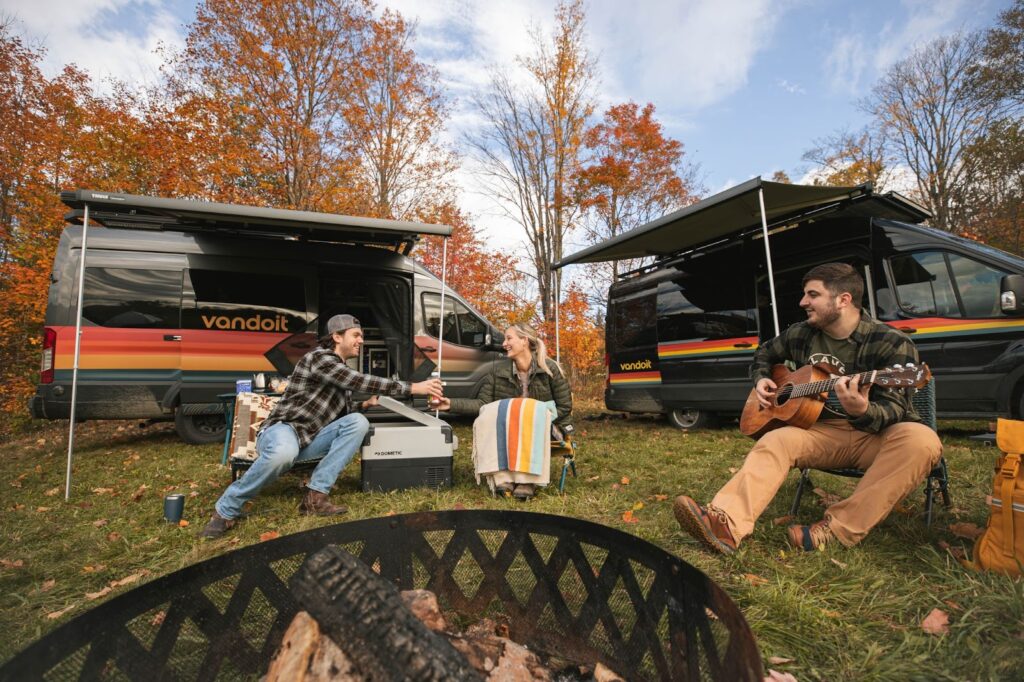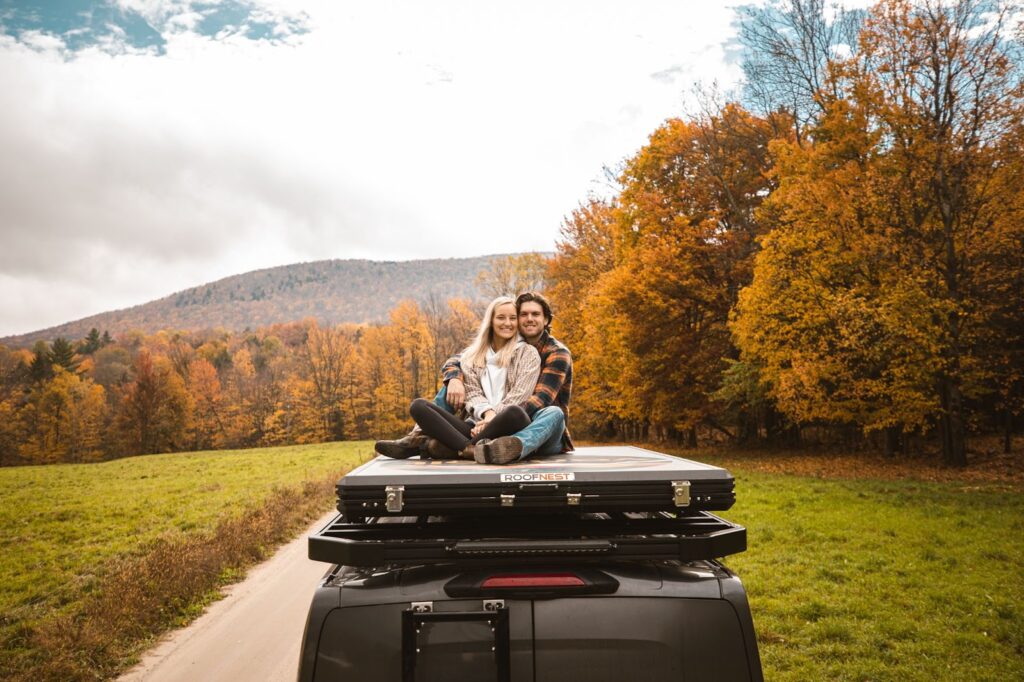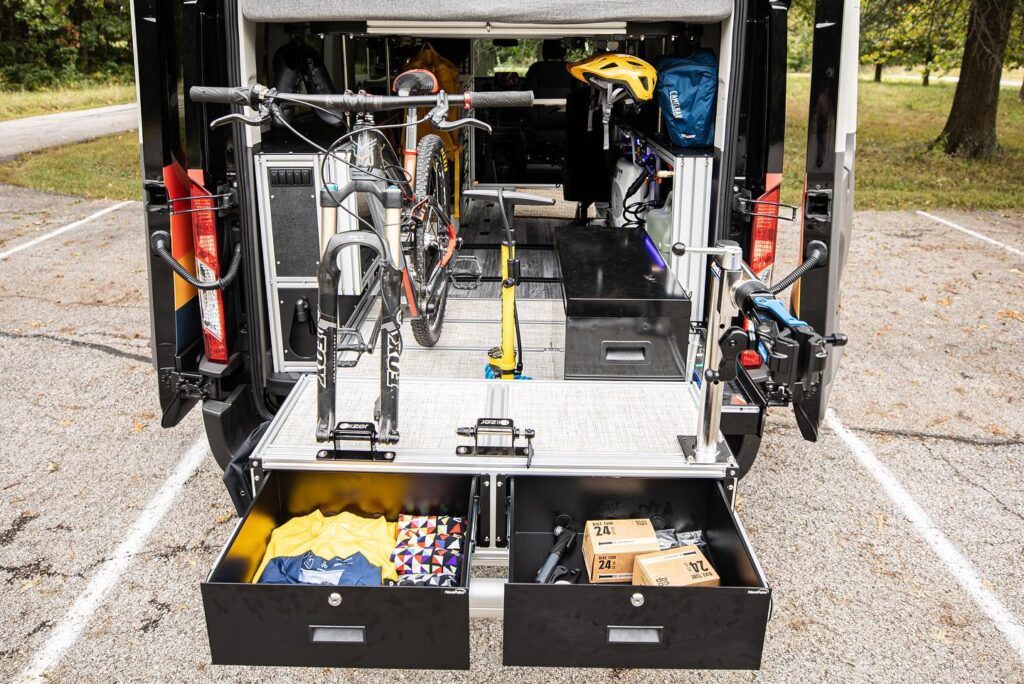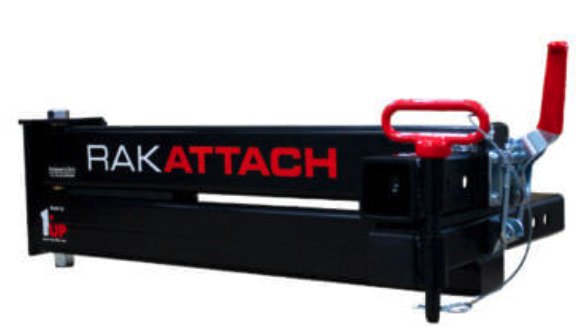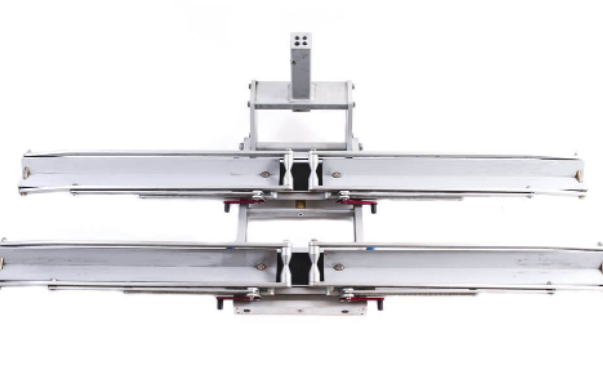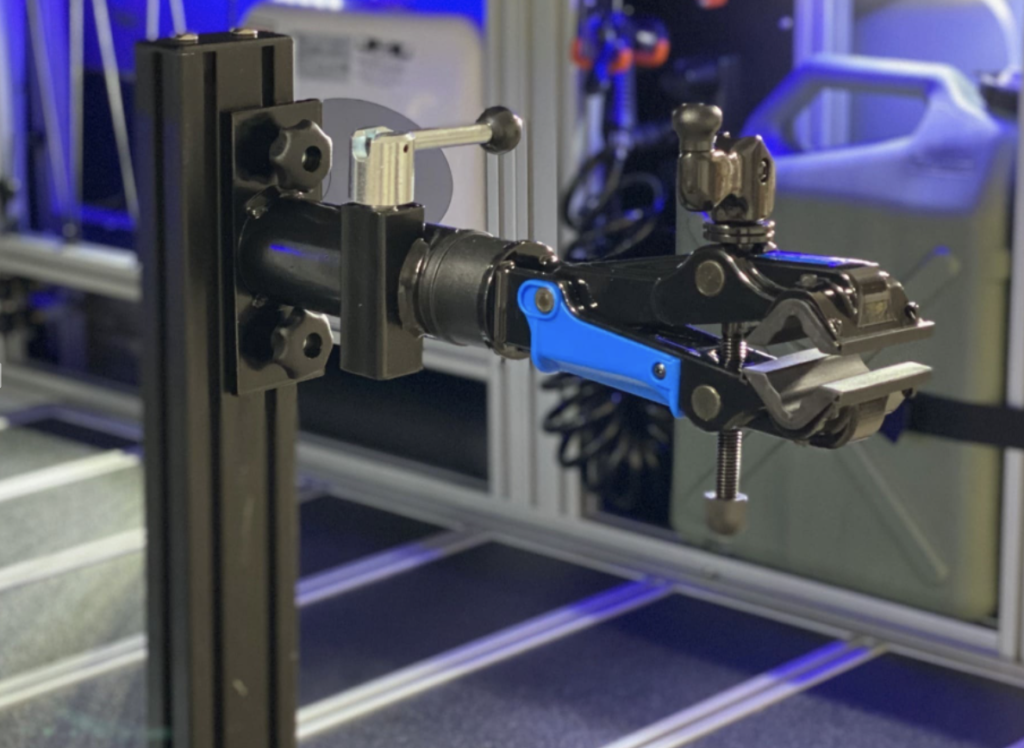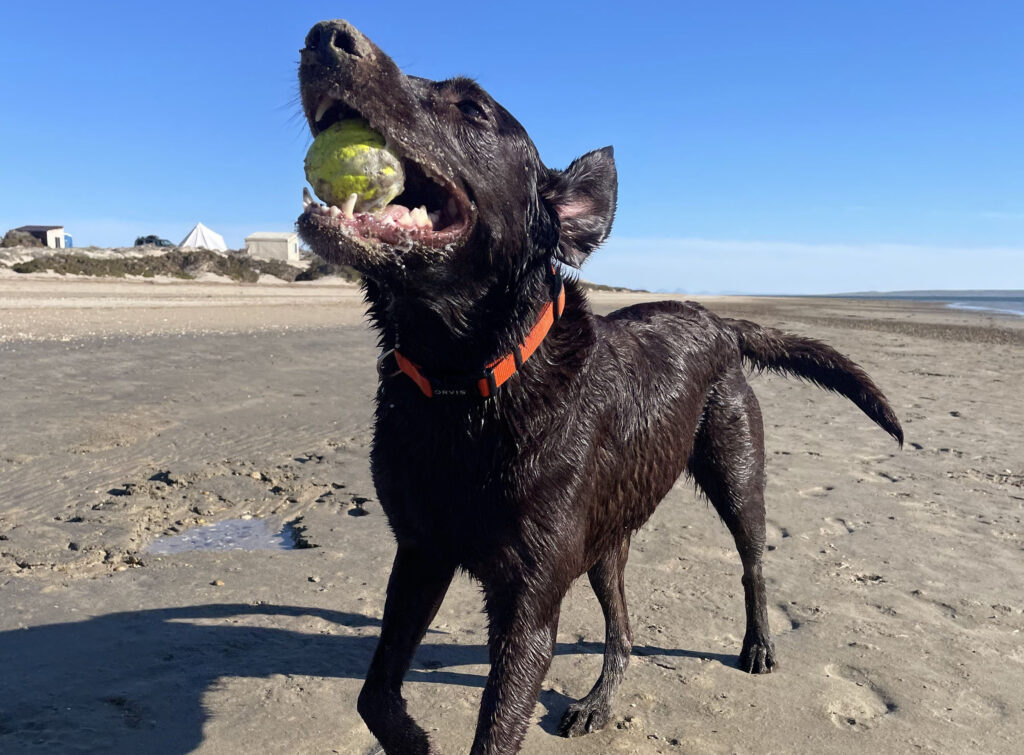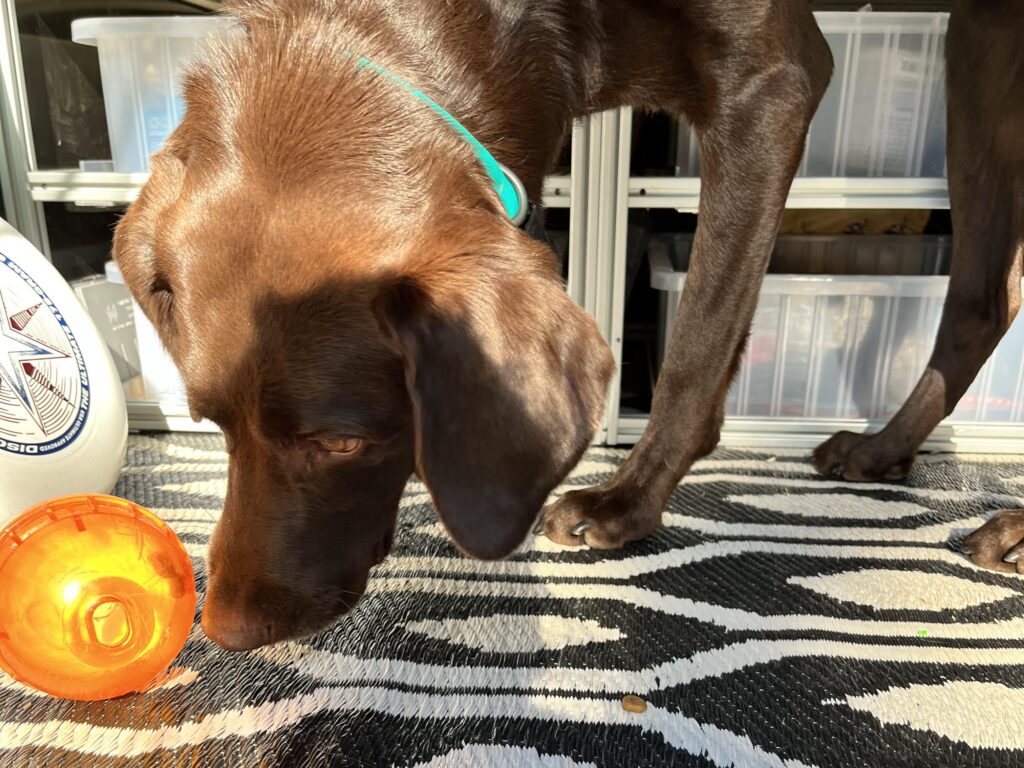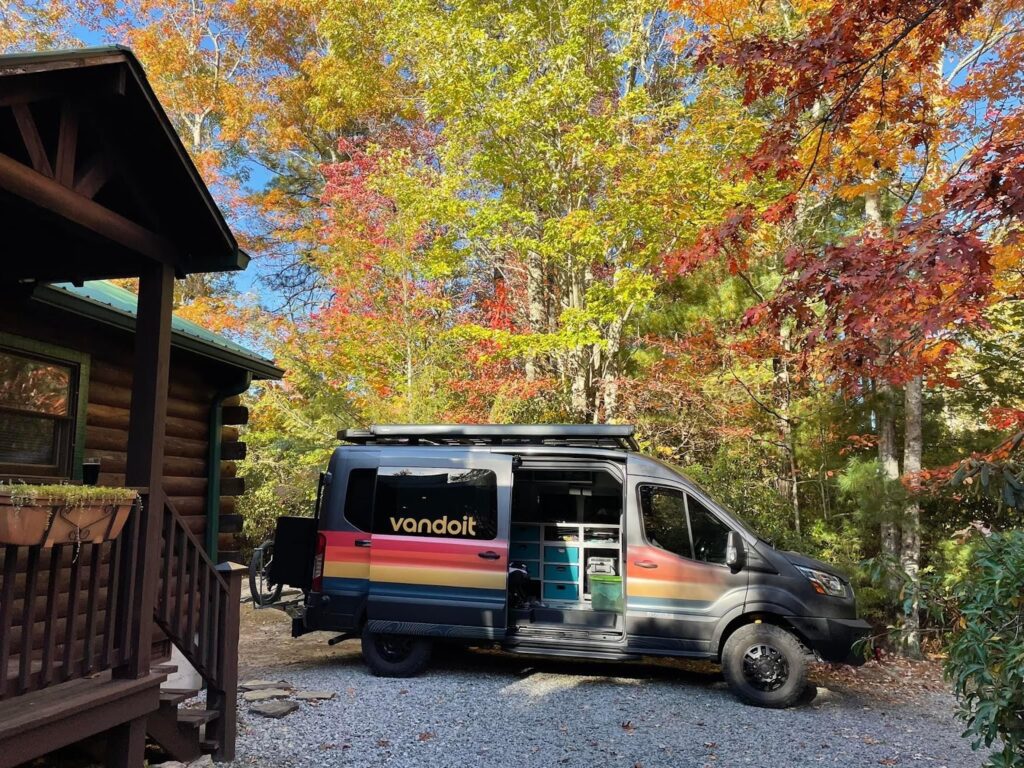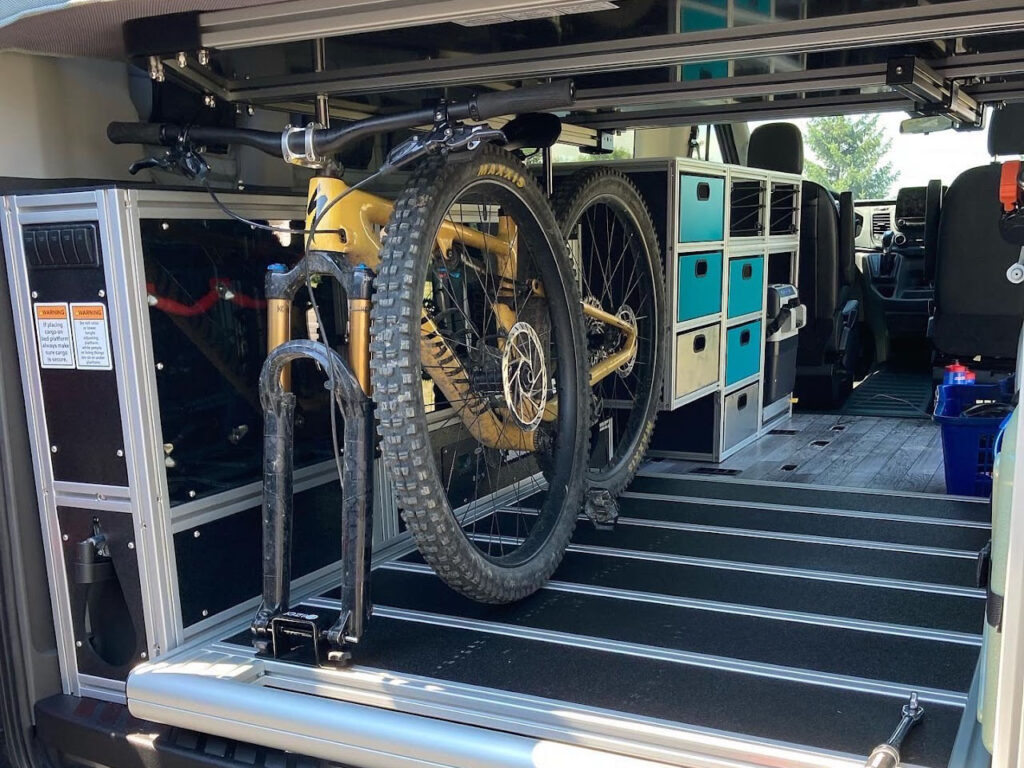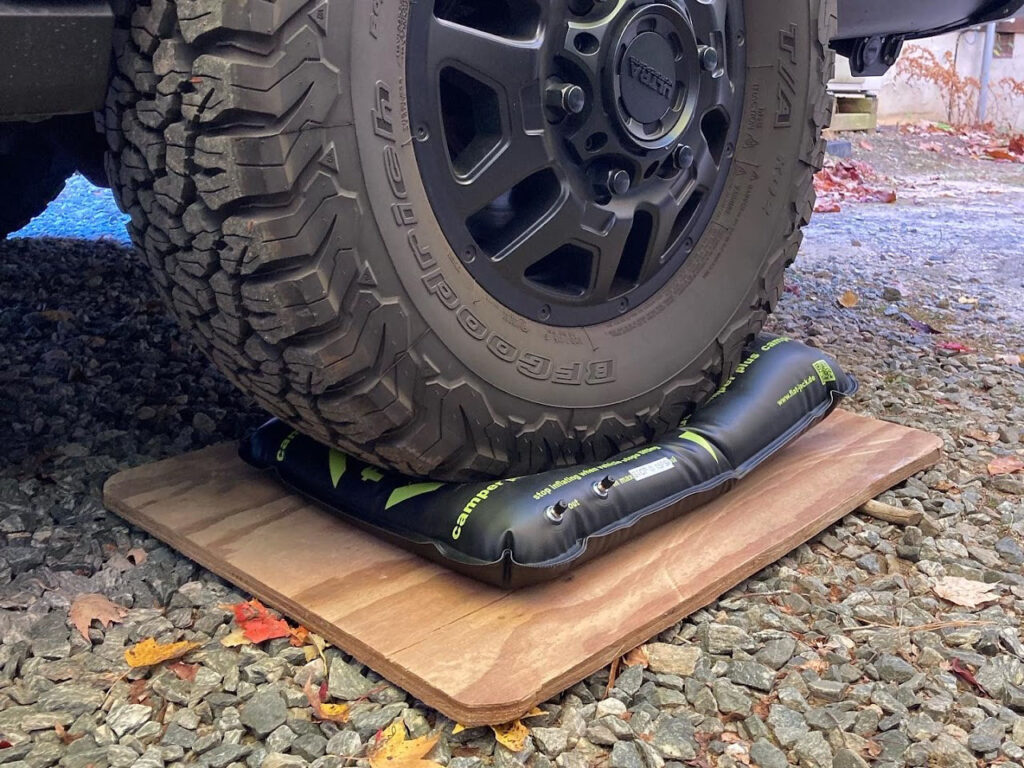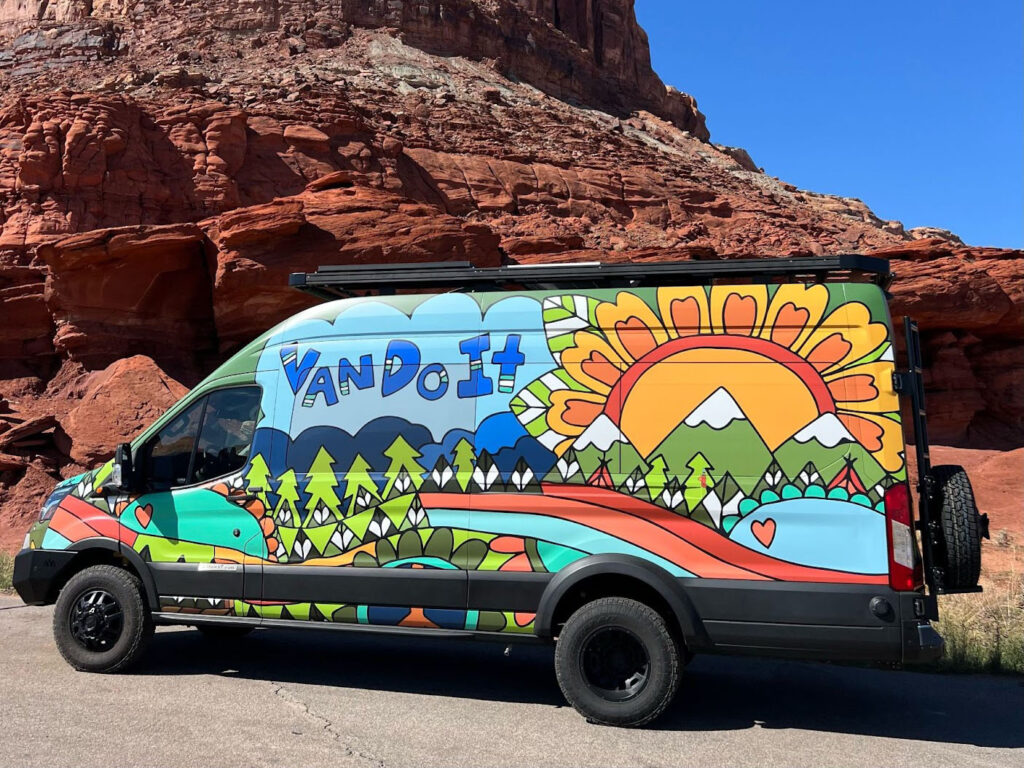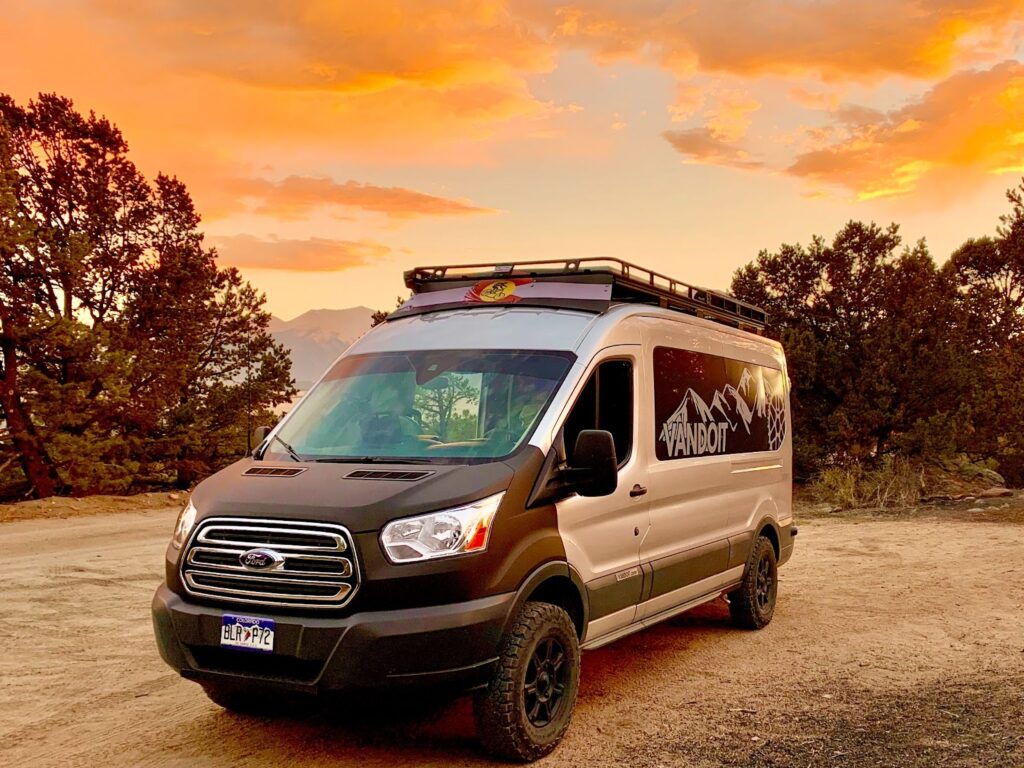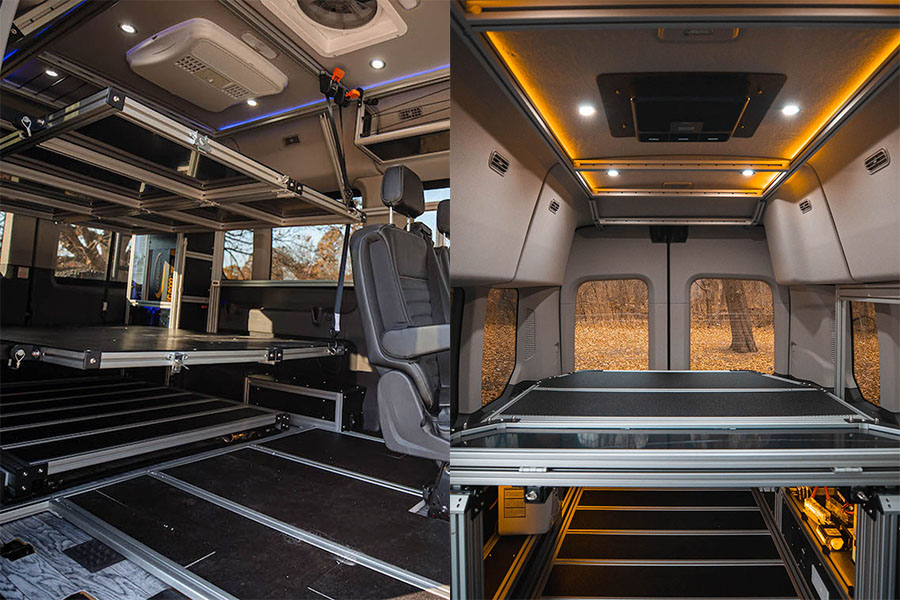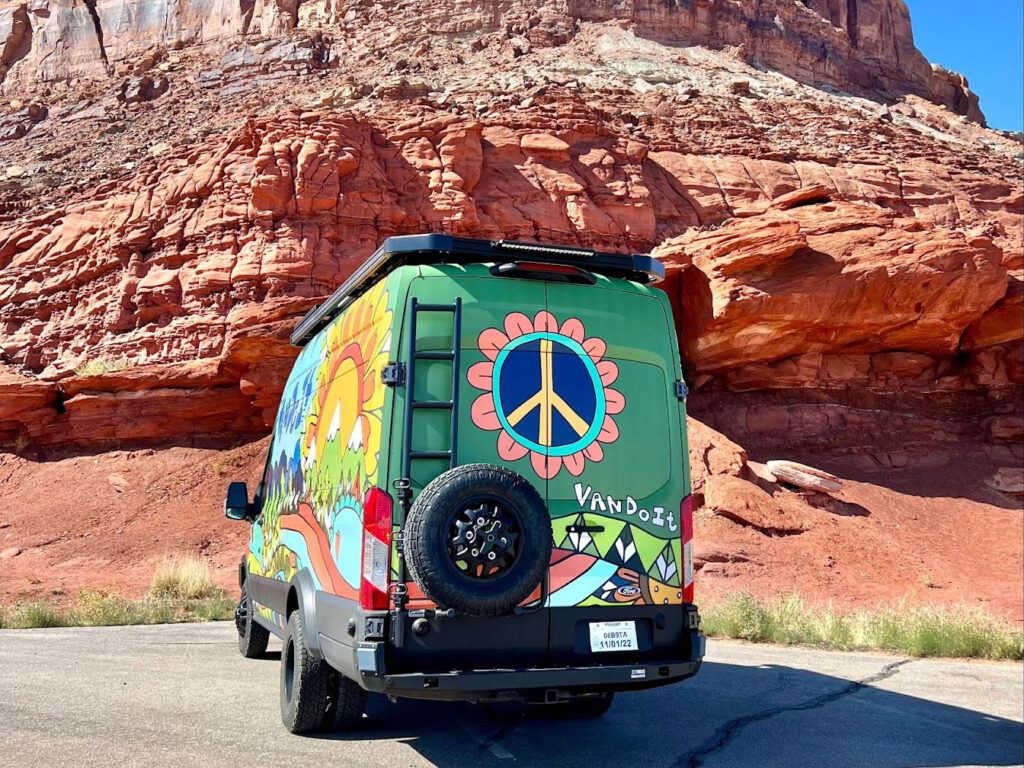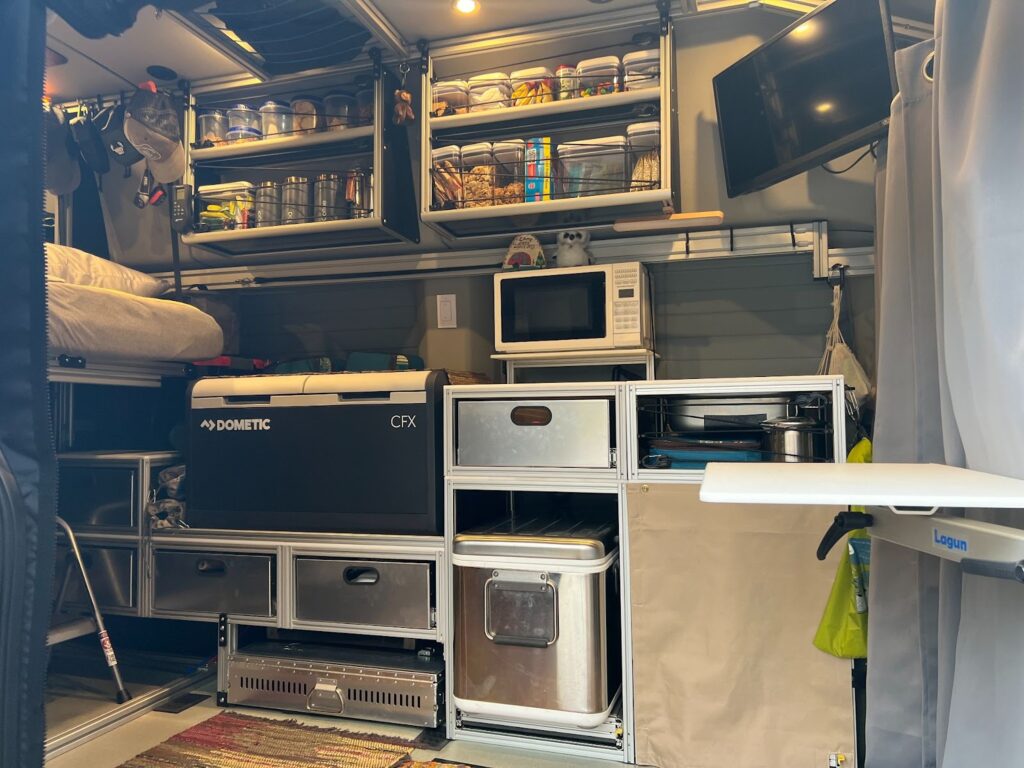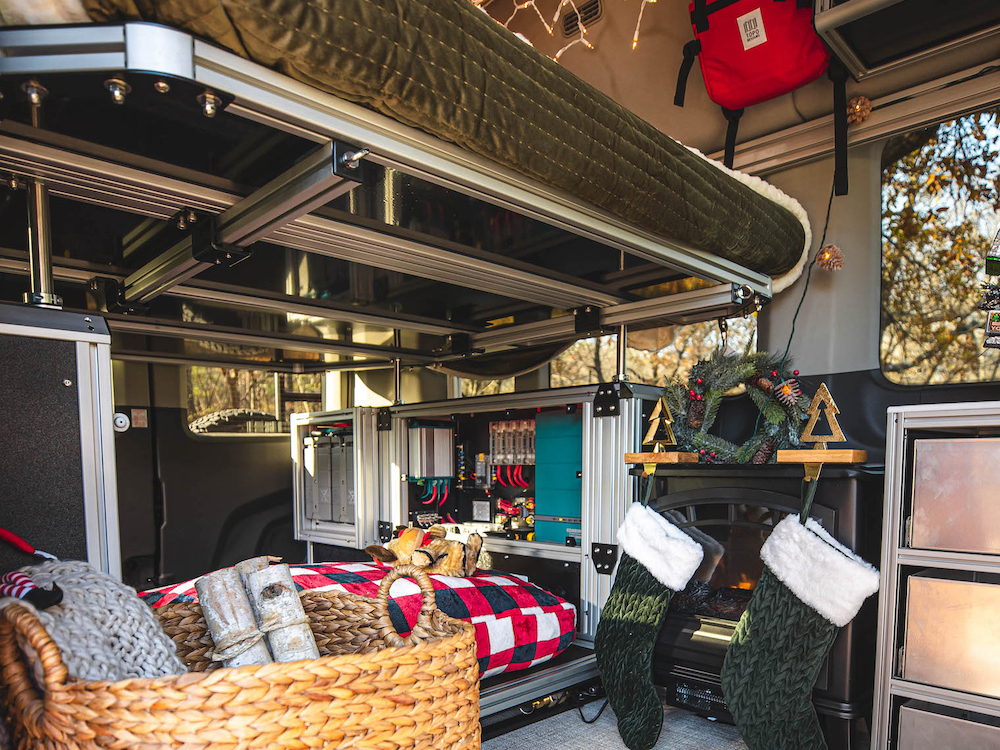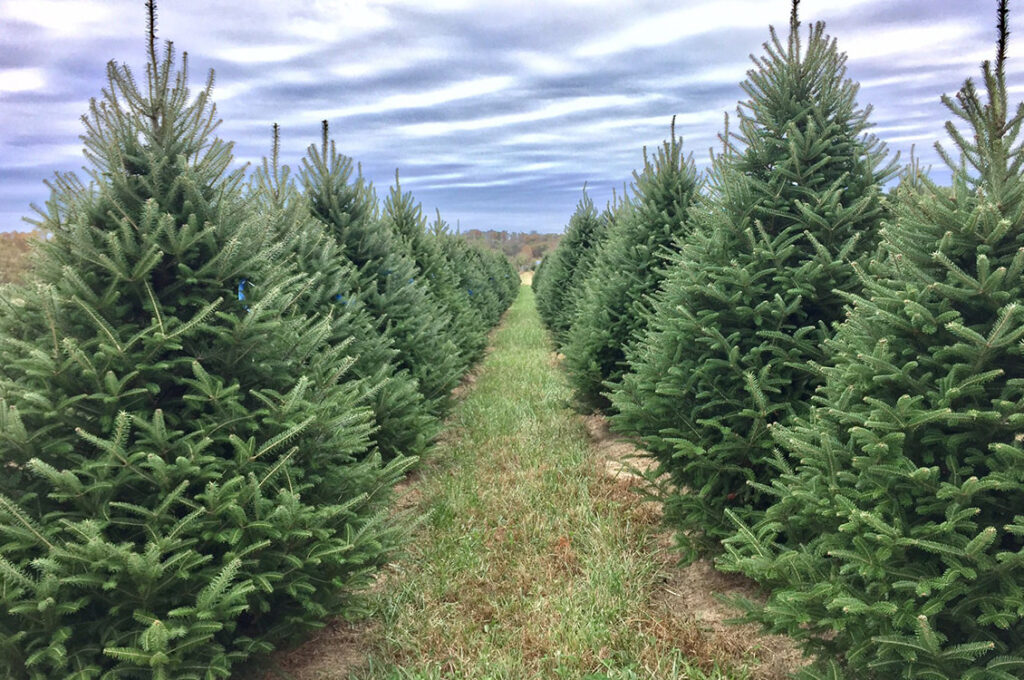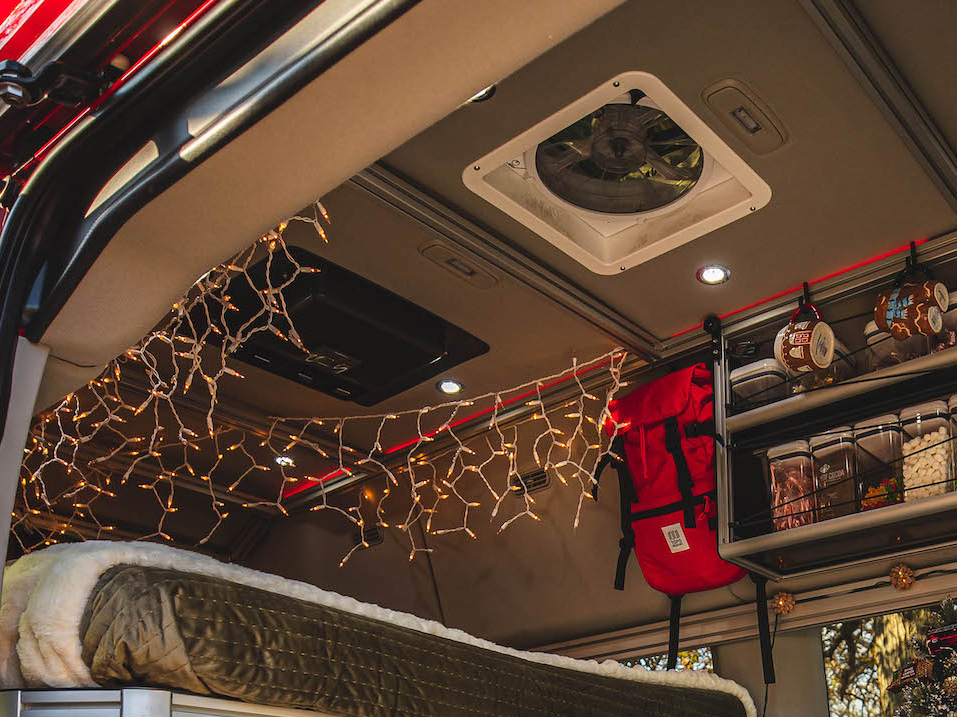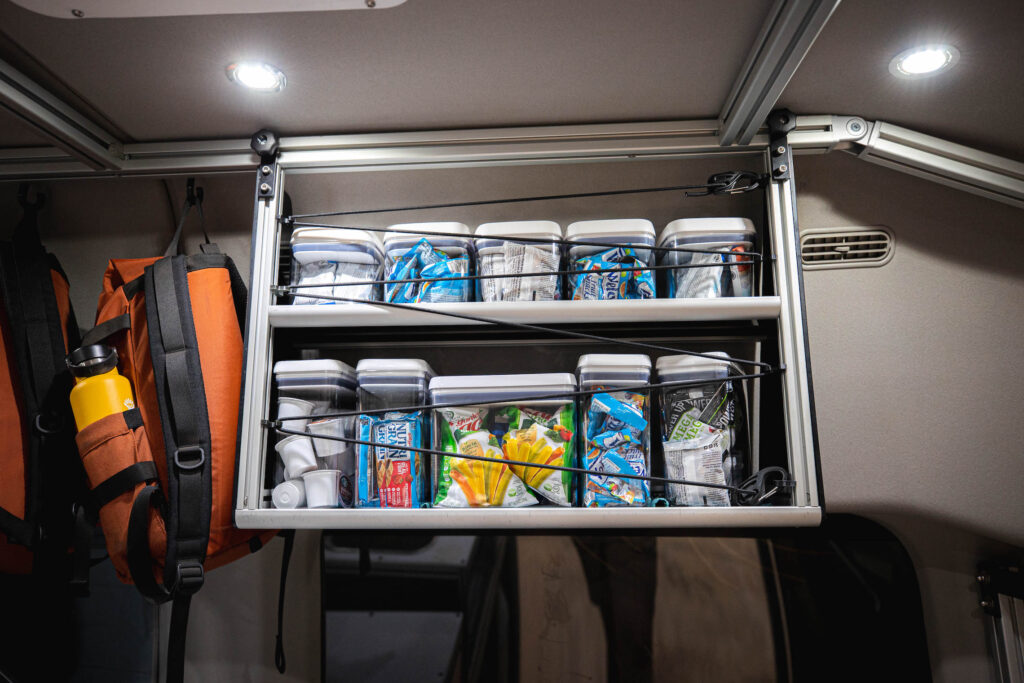Off-Roading your VDI: Baja Edition
Off-Roading your VDI: Baja Edition Read More »
Baja. It’s become a popular paradise for overlanders and van lifers, and rightly so. Thousands of miles of remote beaches. Amazing street food. Intricate desert and coastal views. It’s a true gem for those wanting to explore the Mexican wilderness. However, hidden behind the beauty of it all is a lot of opportunity to get stuck. Especially in a larger van.

We recently spent time in Baja California for a work project. Over the course of 5 days and 6 nights, we would travel 1000 miles across the heart of the upper state of the Peninsula. During that time we would experience a gamut of road surfaces ranging from paved narrow coastal highways to deep salt, mud, and sandy off-road trails. There are 100s of miles of trails that will give you access to some of the most beautiful and secluded beaches imaginable. During our time there, we took notes on the varying road conditions and what aided our van to effectively navigate through them. We may have even gotten stuck a time or two…for science. This is what we learned.
1. PLAN AHEAD
When choosing a destination to explore it can be a huge help in gathering information from those who have traveled there recently. Keep in mind that off-road trails are much more affected by erosion than paved roads and they can quickly degrade.
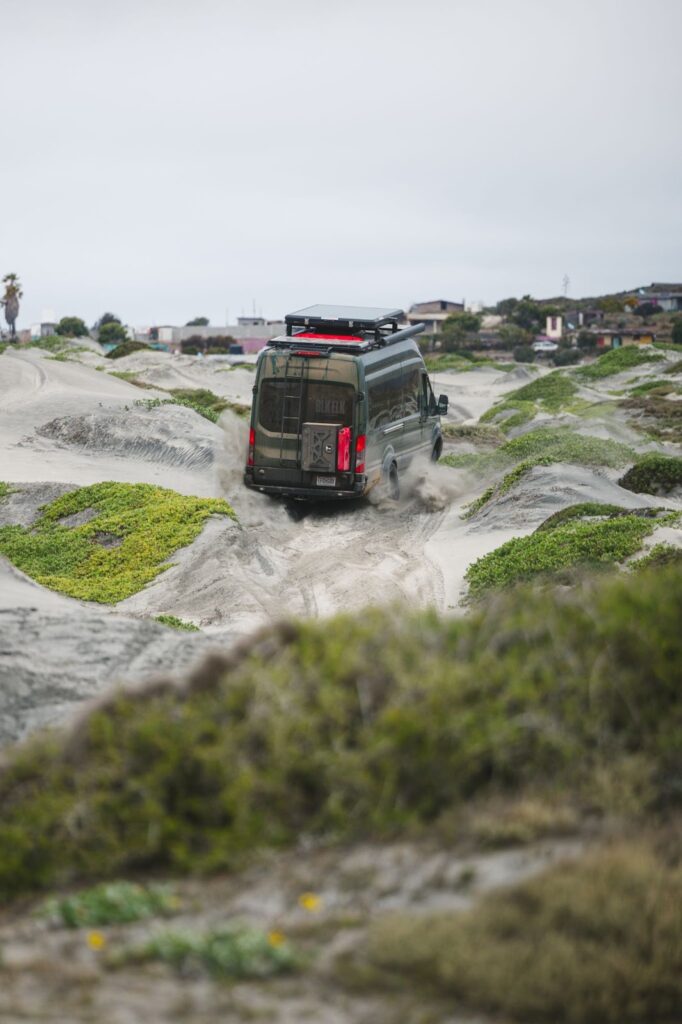
Our go-to method for trail recon is to do a quick Google search to see if any material has been posted online related to the area we would like to explore. We love using Google Earth. It doesn’t provide you with road conditions but it’s an extremely useful tool for familiarizing yourself with different landmarks and building a visual map in your brain for the geography of an area. We also like to utilize the search function of Facebook Groups to quickly find posts that may have intel on a specific region or trail. Lastly, using the Search by Location function on Instagram is a great way to find recent photos from a particular area to see what conditions might be just before setting off on your journey. Searching via social media also gives you the opportunity to connect with others and begin conversations with those who could give some useful insights.
2. BRING RECOVERY GEAR
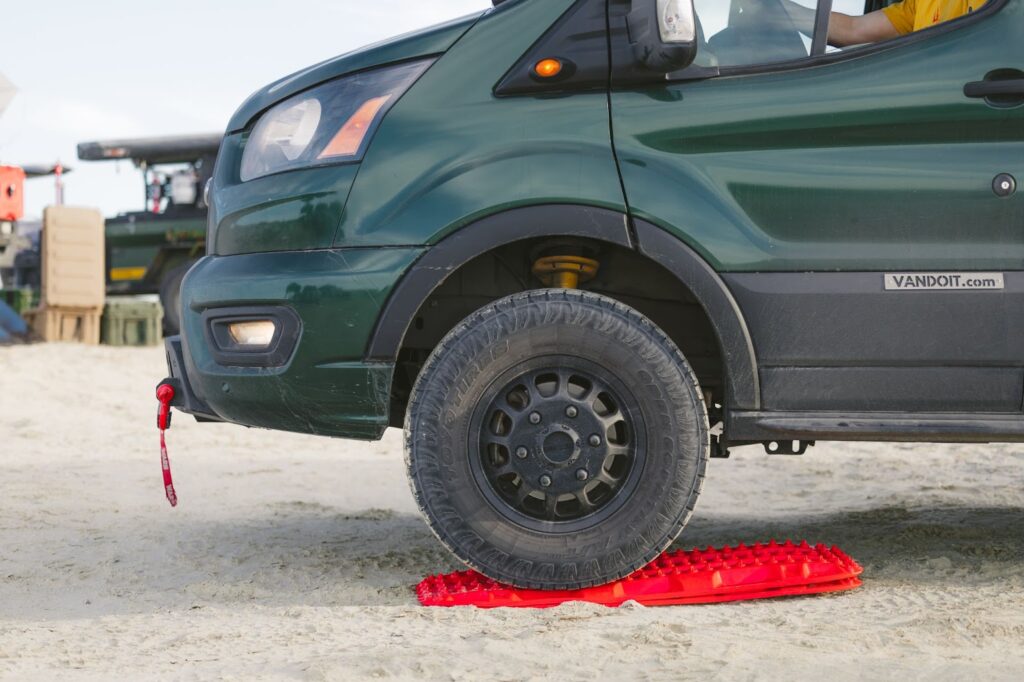
We knew that our biggest nemesis in Baja would be sand. It’s quite easy to get stuck in sand and you can quickly find yourself beached with no traction. If you do get stuck in the sand there are two tools that can aid in self recovery: traction boards and a small shovel. We highly recommend carrying a set of traction boards. One per tire if space permits. A traction board works by providing additional traction when placed under the tire in the direction of travel.
During our time in Baja we beached the van twice on steep, slightly wet sand dunes on the trail. Having the appropriate recovery gear allowed us to safely, effectively, and quickly get moving in the right direction. A quick walk around the stuck vehicle will allow you to identify which tires need traction. Using a small shovel, you can remove any sand from in front of the problem wheels to allow for a less steep path for the tires. Once the traction boards are in place, you can generally crawl out of the obstacle in most cases. Be easy on the throttle to avoid excessive spinning of the tires, because you don’t want to dig any stuck wheel into a deeper hole.
Traction boards and shovels are highly recommended, but additional recovery gear can always come in super handy. You can learn more about other types of recovery gear [here].
3. AIRING DOWN
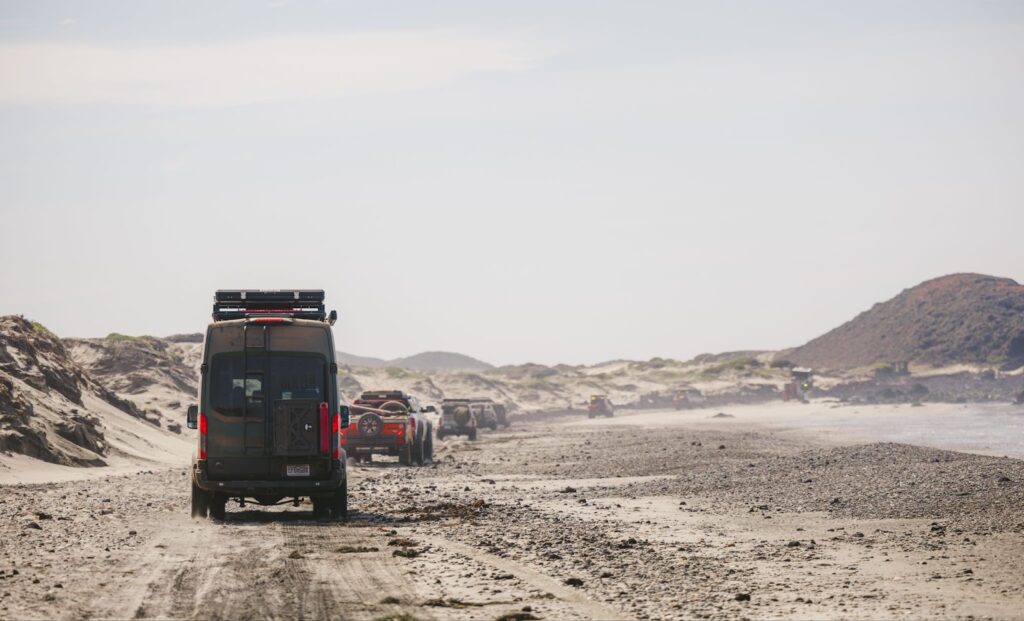
Prior to driving on sand or other rough surfaces, removing air from each tire will increase traction because more tire is in contact with the ground. For deep sand, we recommend running 25-30 PSI on your van. For other off-road surfaces, 35-40 PSI should provide extra traction and protect your wheels even when the tires compress while rolling over larger rocks. We used our 3 Gallon Kobalt air compressor to remove and add air to the tires. It works great when plugged into one of the van power outlets.
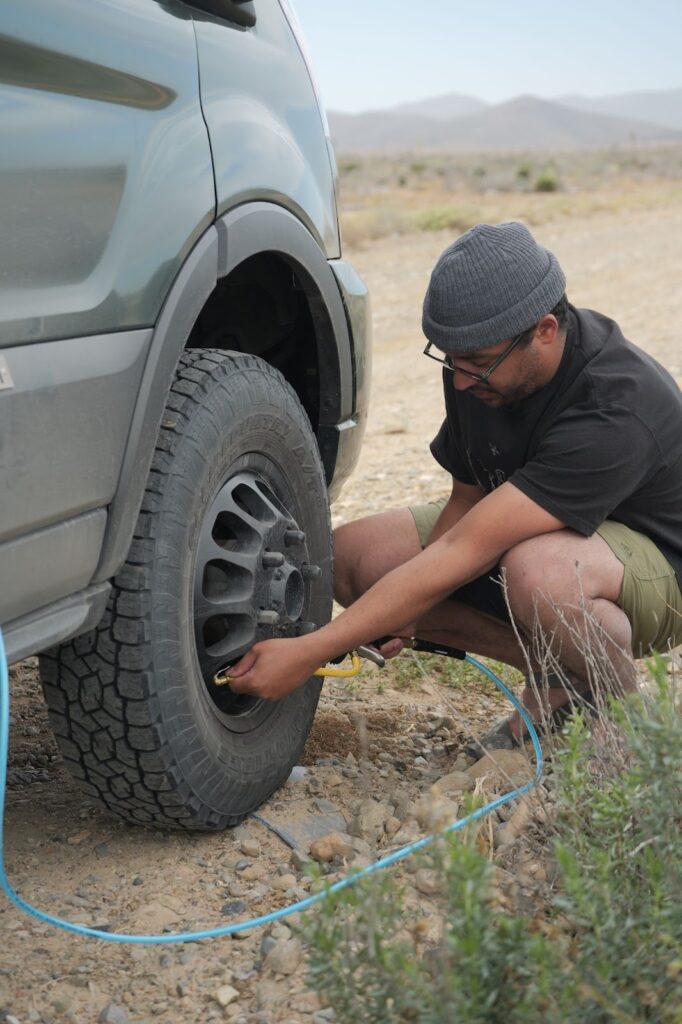
Keep in mind that being aired down on pavement will affect the drivability and tire wear of your van. You will also notice the numbness in the steering due to the added flex in the tire sidewalls. If you have to travel more than a few miles or at high speeds we recommend that you air back up before hitting the pavement.
4. CHOOSE THE CORRECT TRACTION MODE
Depending on the road surface type, it’s important to choose the most effective traction mode. On new models these modes are accessed through the infotainment system. On older models, simply push the traction mode button on the dashboard to the right of the steering wheel. When off-roading you want to maximize grip and the power available to you. We recommend using Mud/Rut mode for a hands off driving experience. In this mode, the van will disengage traction control and use lower gears to maximize available power output. If you prefer to have more control over the van then we recommend disengaging tracking control, using the default “normal” mode, and selecting gears manually. We find that the Mud/Rut mode hangs on a gear longer than we would like in most situations. It’s important to maximize fuel economy when traveling further into the wilderness; “normal” mode allows us to shift up when needed to preserve fuel.
5. MAINTAIN MOMENTUM
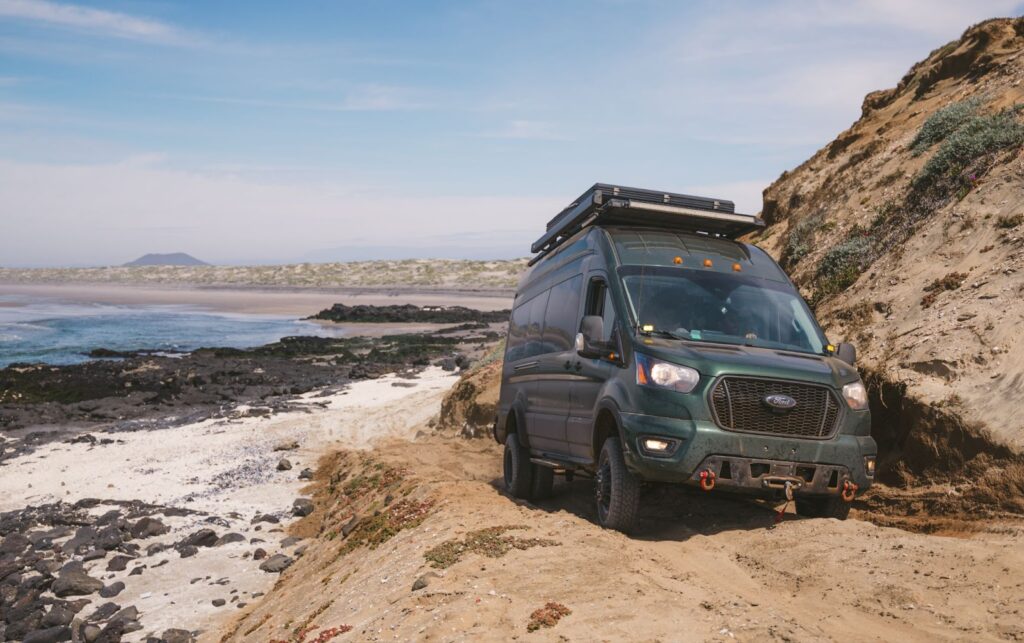
Driving in sand is a lot like walking in sand. It’s harder to keep forward momentum and you expend more energy. Because traction is limited and stopping can increase your risk of getting stuck, you want to maintain a steady forward momentum at a safe speed. The deeper the sand, the more power you will need to apply to overcome the resistance it creates. In Baja, you encounter sand on beaches and on the trails. This sand can vary in traction levels and depth depending on the amount of moisture. We found on trails that maintaining speed and avoiding excessive turning allowed the van to crawl through even deep sand with little to no worries. On beaches, your best bet is to travel during low tide and on top of the hard-packed sand. This sand is found closer to the water’s edge and will support the weight of even a 10,000lb van without sinking. If you have to drive in the deeper sand due to a higher tide, you will want to make sure you have TCS off, select first or second gear depending on your speed, and maintain as much momentum as possible. This may mean that you are running at a higher rpm in first or second gear with a generous amount of throttle, so keep an eye on engine temps.
6. EXPECT RAPIDLY CHANGING DRIVING CHARACTERISTICS
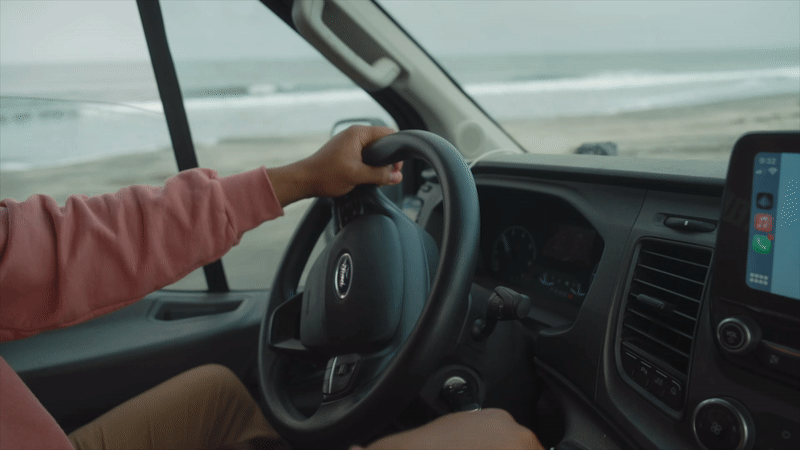
Our last tip is to be prepared to alter your driving methods based on the rapidly changing surface conditions. The amount of moisture and sand material can change very quickly during beach driving. We found ourselves driving in deep dry sand that would instantly change into wet slippery shallow sand, and back into a mixture of both within a few 100 feet. Keep in mind that for most vehicles, especially larger vans, sand driving amplifies the tendency to understeer. Understeer is what happens when the traction levels on the front tires are limited and cause the vehicle to push to the outside of a turn. You’ll want to account for this loss of front traction when turning and apply the proper amount of steering angle to maintain momentum and navigate the turn. We found in deep sand that rapid and sharp steering input helped the vehicle turn because it allowed the front tires to cut through the sand more effectively. On the same token, if the sand becomes wet and slippery, the rear of the vehicle has a tendency to slide. So, you may find yourself having to counter steer, or steer in the direction of the slide, to maintain forward motion. We recommend if you haven’t driven in sand before visit some sandier locations stateside to do a shakedown and get a feel for it. Southern California has quite a bit of area to experiment with driving on sand.
We didn’t let the chances of getting stuck deter us from enjoying all that Baja has to offer, and you shouldn’t either. Come prepared with recovery gear, the ability to air down and up, and keep your momentum up to get to those amazing beach campsites.

